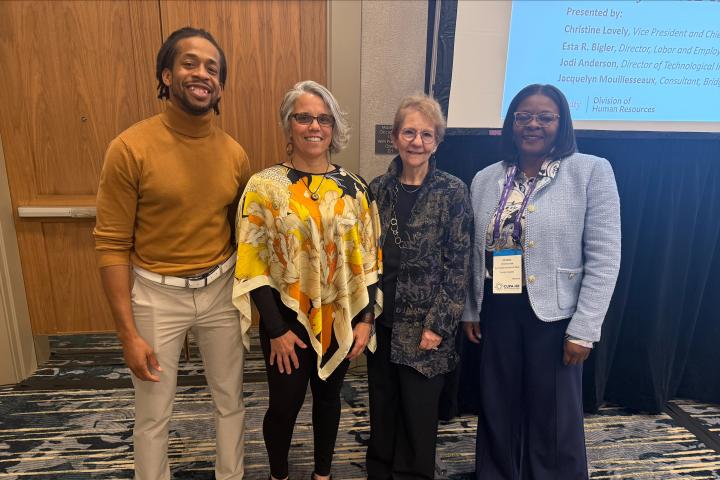
SSI at Work Website Illuminates Work Path
In 2021, 6.58 million people under age 65 in the United States received Supplemental Security Income. Also called SSI, this benefit is available only to people who have limited financial resources, and it can be a crucial support for making ends meet. An SSI beneficiary receives a monthly payment based on their individual circumstances. In most states, they are also automatically eligible for Medicaid.
For people within the working ages of 18 through 64, eligibility for SSI mandates that their disability prevents them from earning a meaningful income. Even so, many of these people have some ability to work or their situation may have changed to make work possible. However, they may not seek employment because they worry that their benefit payment will decrease more than their earnings increase. They may also worry about losing Medicaid. Medicaid will pay for health care, such as a personal attendant, that they may require for daily life. It can also pay for essentials like a wheelchair or prosthetic limb. These concerns have profound personal costs for SSI beneficiaries who would prefer to work and gain financial independence. For employers, these concerns reduce the pool of qualified, motivated job candidates.
To encourage employment, the Supplemental Security Income program offers “work incentives.” These incentives allow the costs of work for a person with a disability – such as special transportation or a job coach who helps with learning new job duties and managing accommodations at work – to be included when calculating the benefit amount. The requirements around work incentives are complex, and many people consult an expert.
The Work Incentive Support Center in the Yang-Tan Institute on Employment and Disability provides training and credentialing in the holistic use of work incentives to benefit counselors who assist individuals with disabilities. In 2022, over 1,000 benefit planners nationally received training from the Work Incentive Support Center. The institute is part of the ILR School at Cornell University.
Now, information about these work incentives is available at no cost through an exciting new website. Called the SSI at Work Toolkit, the site offers up-to-date information and easily understood examples. Yang-Tan Institute Senior Extension Associate Debora Wagner, content lead for the site, said, “I am really pleased that the site contains current, accurate information available to the public at no cost.” Wendy Strobel Gower, the institute’s Thomas P. Golden Director of Disability-Inclusive Workplaces and Employer Fee-for-Service Initiatives, said, “The SSI at Work Toolkit presents information in a way that everyone can understand and apply so they can determine how they can get back to work without fear of losing the safety net SSI provides.”
Children can also qualify for Supplemental Security Income, but the disability standard is unrelated to their ability to earn income, because they are still in school. In 2021, about 1 million children qualified. The SSI at Work Toolkit explains how a teen who is nearing adulthood can retain their SSI payment and Medicaid eligibility while using incentives to complete their education and join the workforce. The site also explains how a person can increase the total held in bank or investment accounts past the program limit of $2,000 in order to save for employment-related expenses, such as vocational training or a modified car they can drive themselves.
Providing practical information to benefit planners, teachers, counselors, policymakers and others who assist people with disabilities is a core focus for the Yang-Tan Institute. With a mission of advancing the inclusion and full participation of people with disabilities in the workplace and community, the institute works with an array of community partners to conduct research, provides research-driven recommendations and designs resources and interventions aimed at achieving real-world results and guiding future research. The institute currently leads over a dozen active projects. They include the Northeast ADA Center, the Employer Assistance and Resource Network on Disability Inclusion and the Autism Transition to Adult Initiative.


